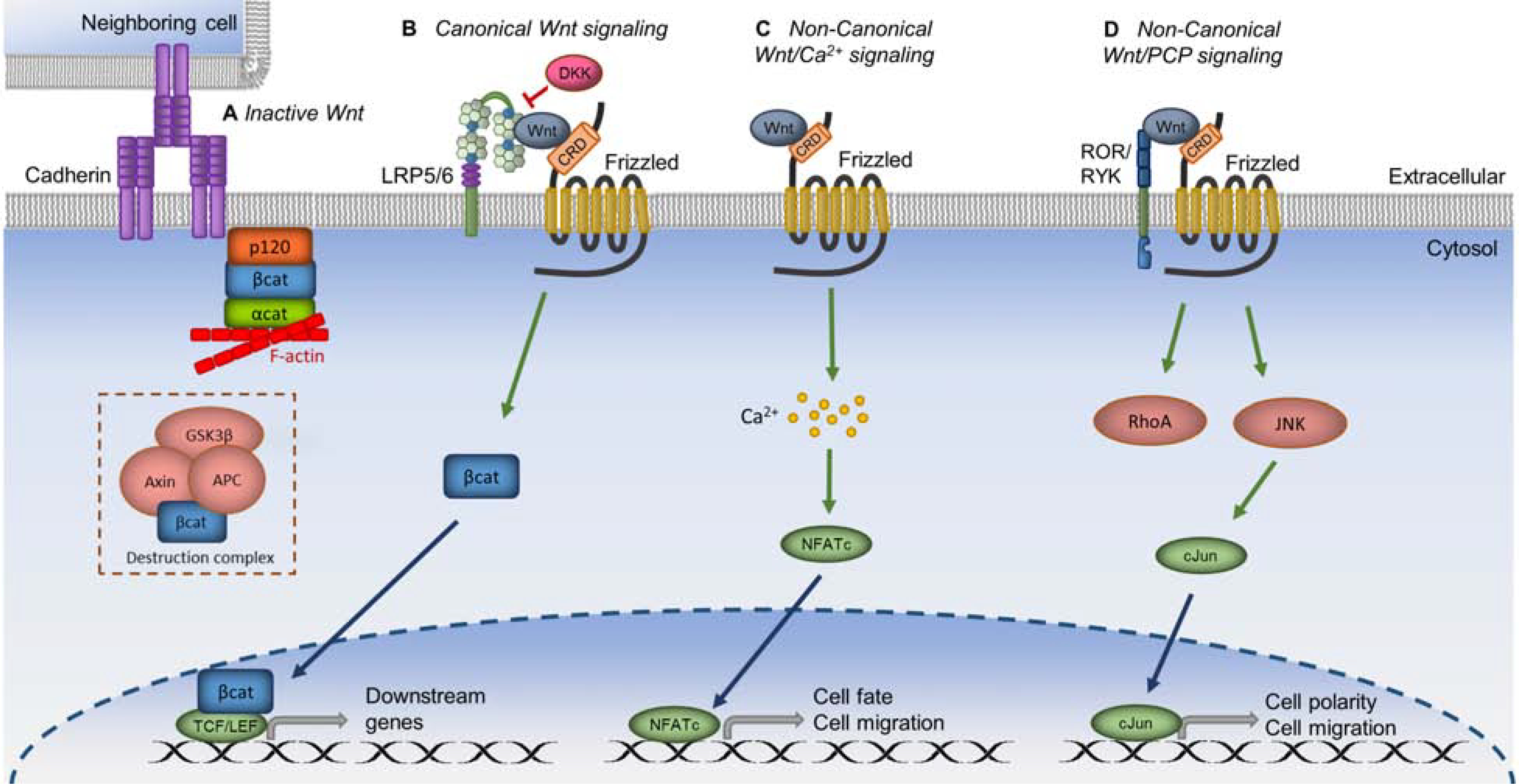Figure 2. Wnt signaling regulation in human limbal stem/progenitor cells.

A. In inactive Wnt signaling, β-catenin (βcat) is associated either with cadherin at the membrane or with its destruction complex, which targets βcat for proteosomal degradation. B. When canonical Wnt signaling is activated, Wnt ligand binds with LRP5/6 and Frizzled coreceptors; βcat is released from the membrane or destruction complex and translocated into the nucleus to activate transcription of downstream genes. DKK inhibits canonical Wnt signaling by preventing Wnt binding to LRP5/6. C. In the noncanonical Wnt/Ca2+ pathway, Wnt activation leads to calcium influx into the cell. This action leads to the transcription of downstream genes involved in cell fate and cell migration. D. In the noncanonical Wnt/PCP pathway, binding of Wnt ligand to ROR or RYK with Frizzled causes downstream signaling that leads to cell polarity and cell migration. Green arrows represent activation, whereas red connectors represent inhibition.
